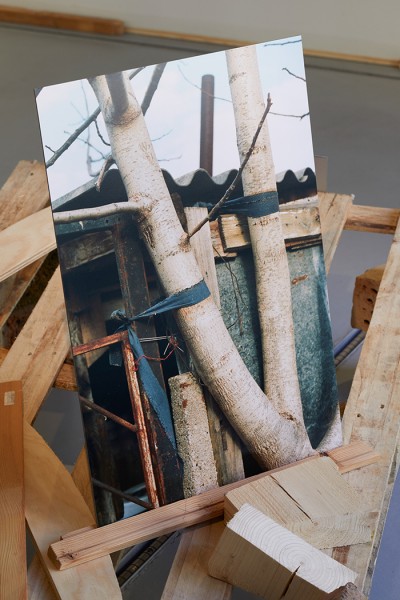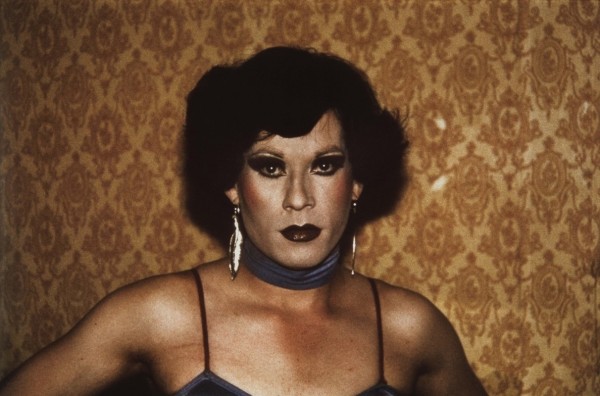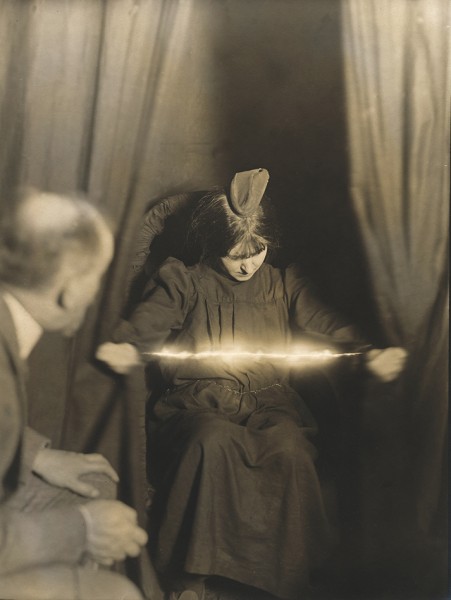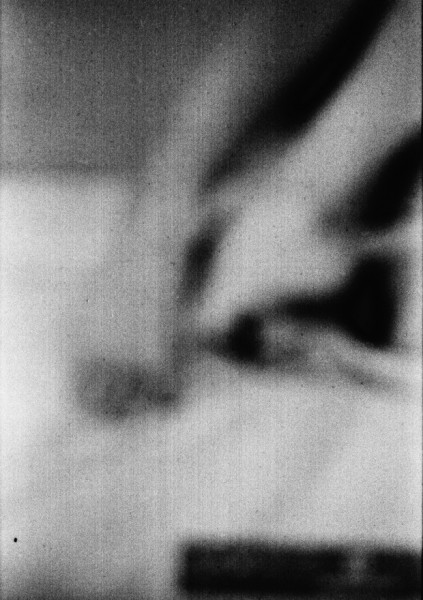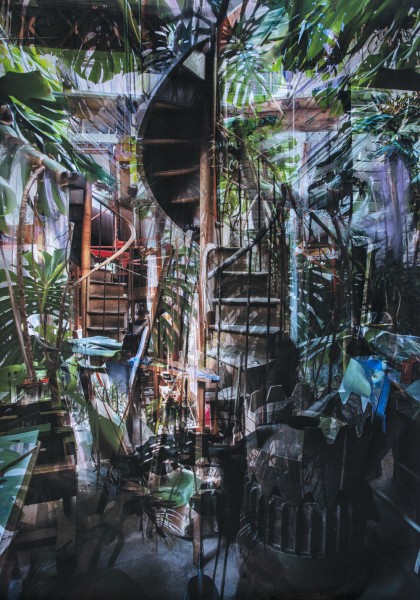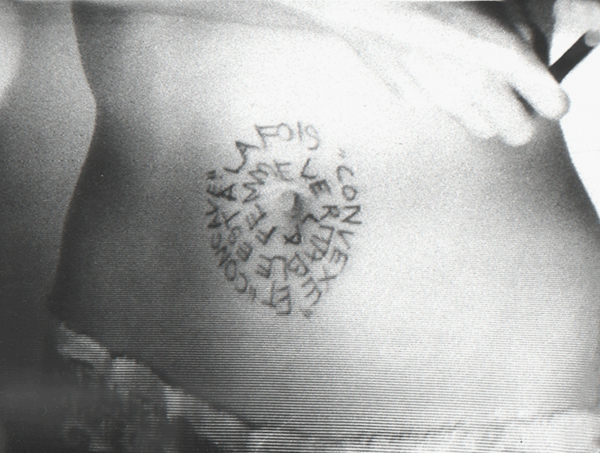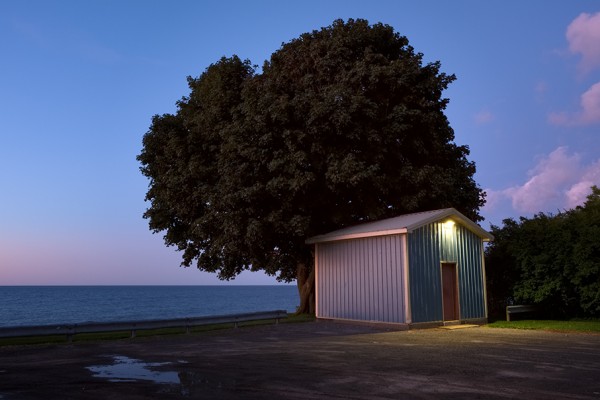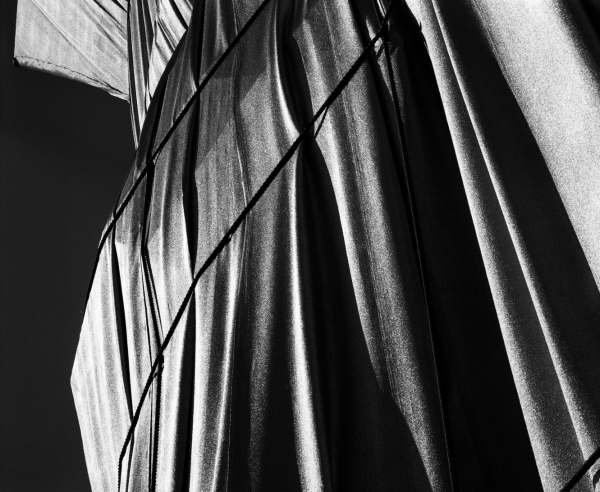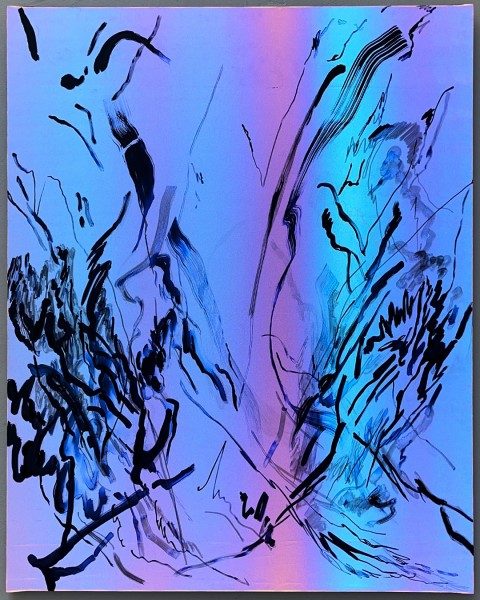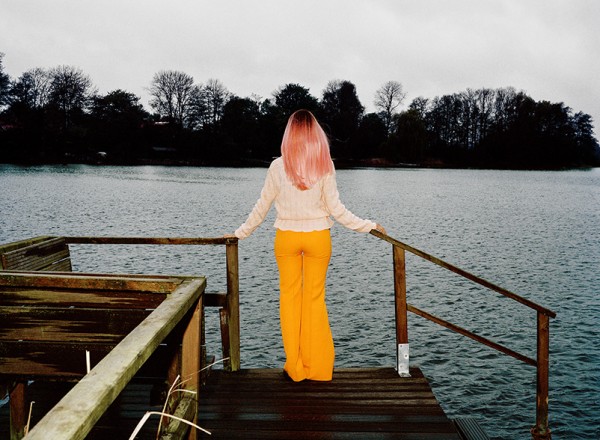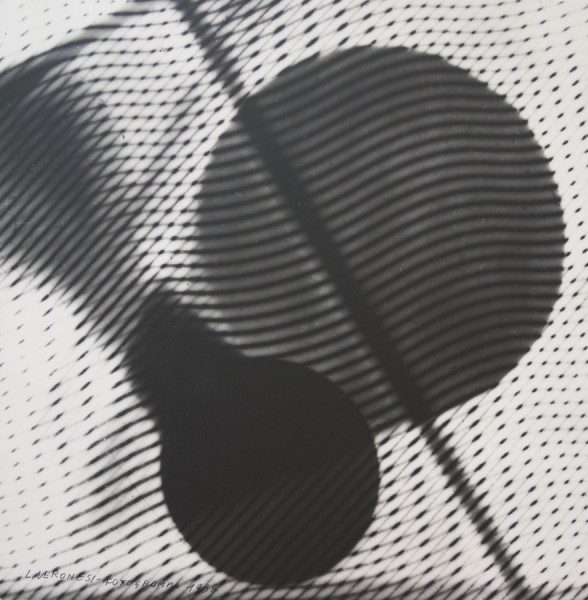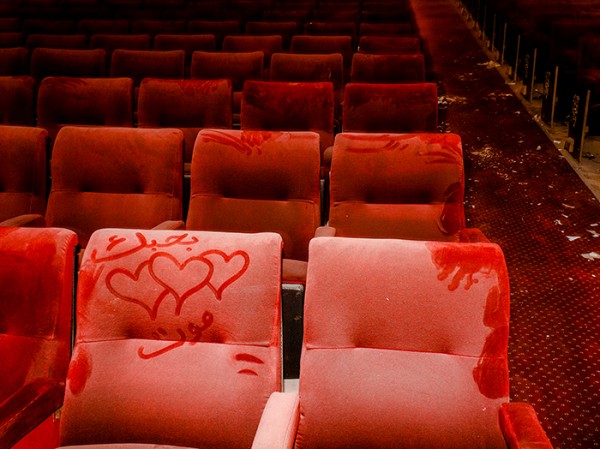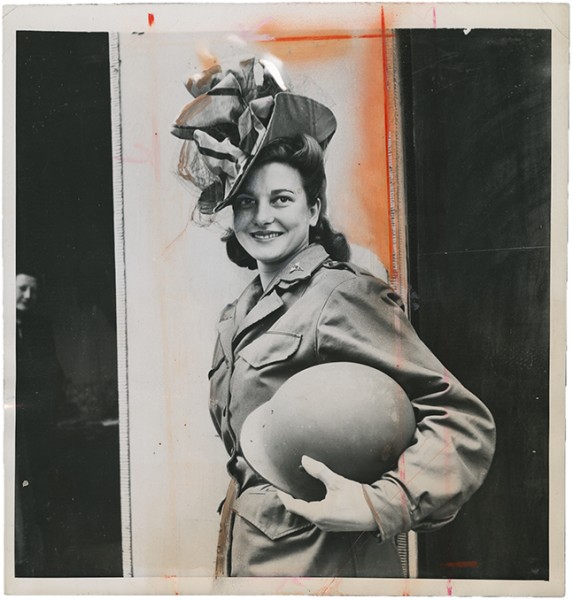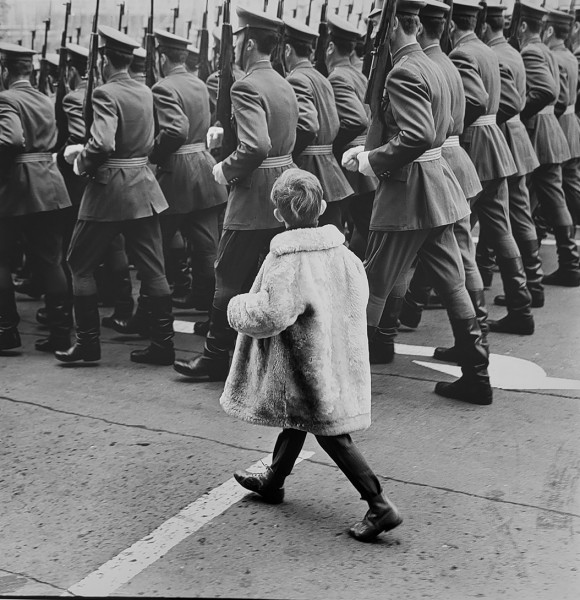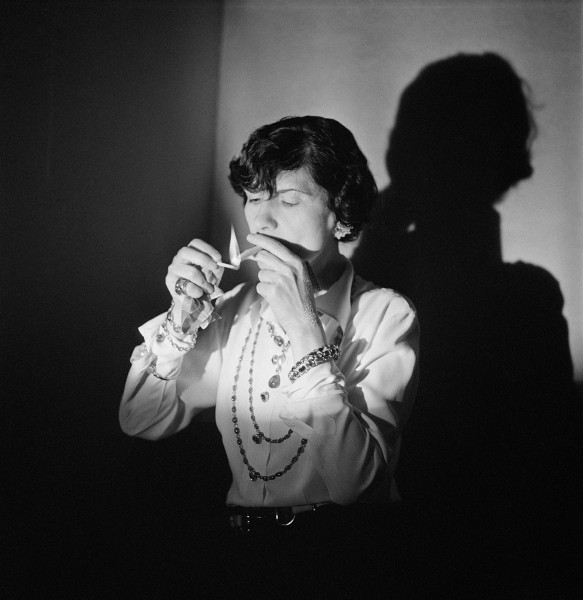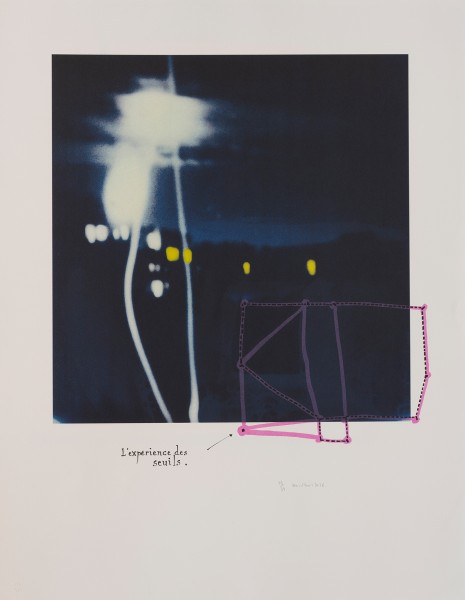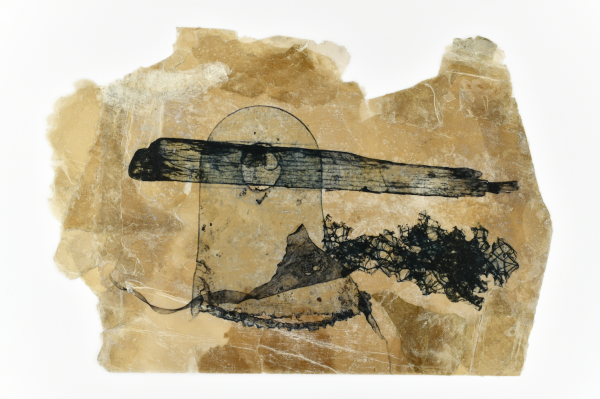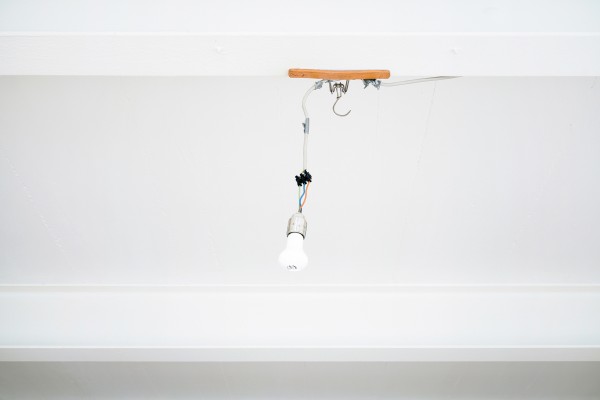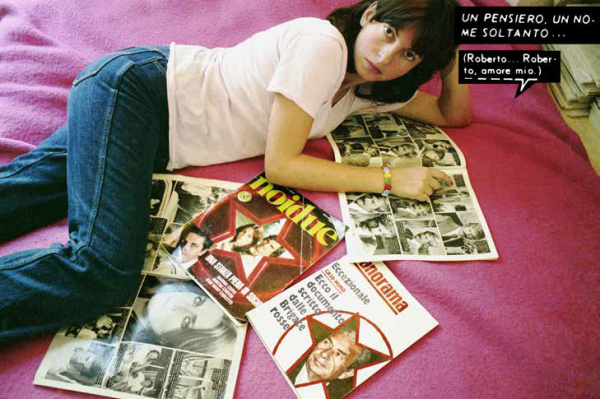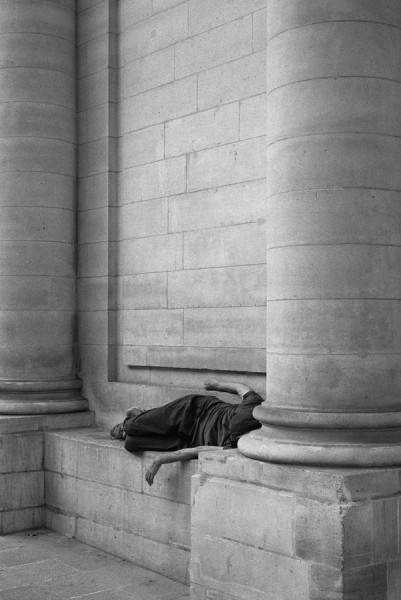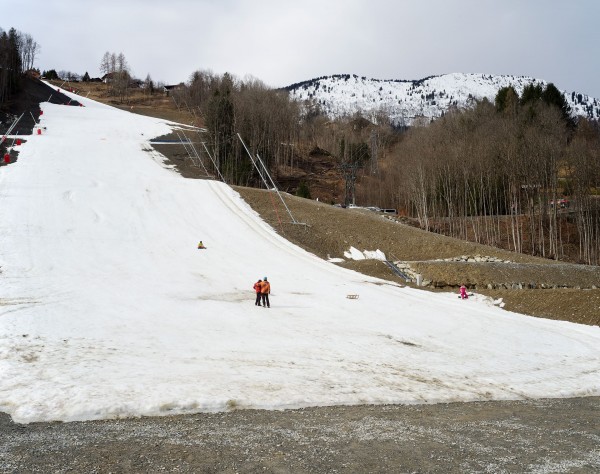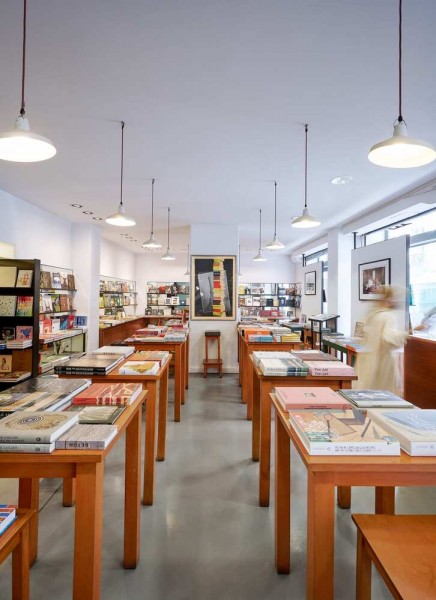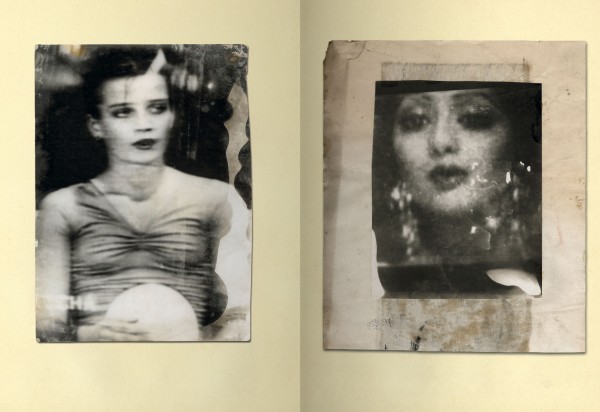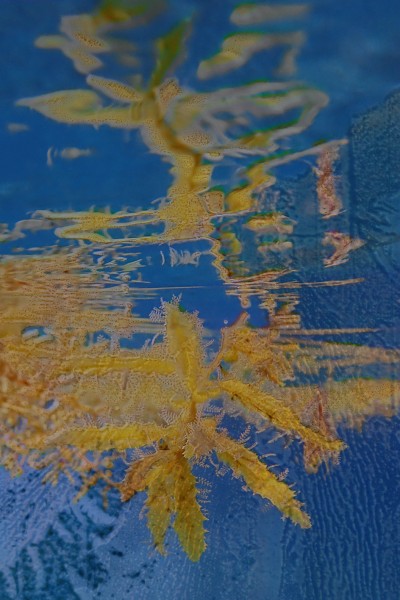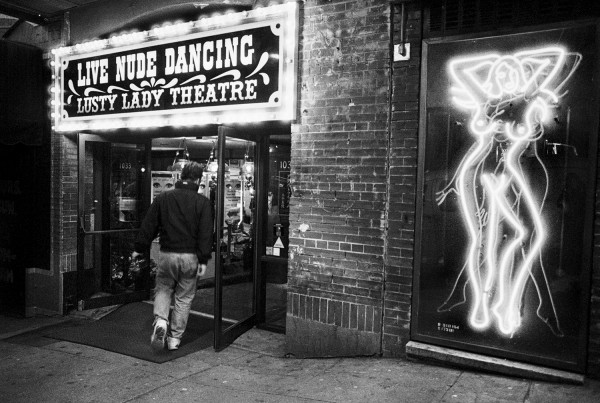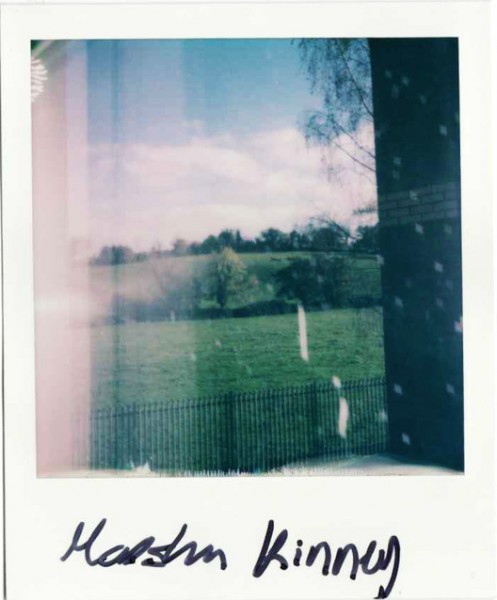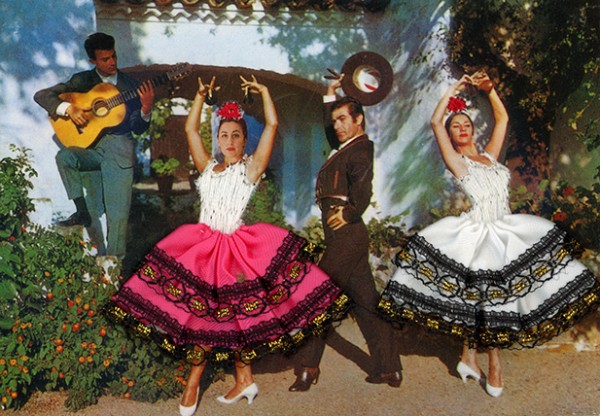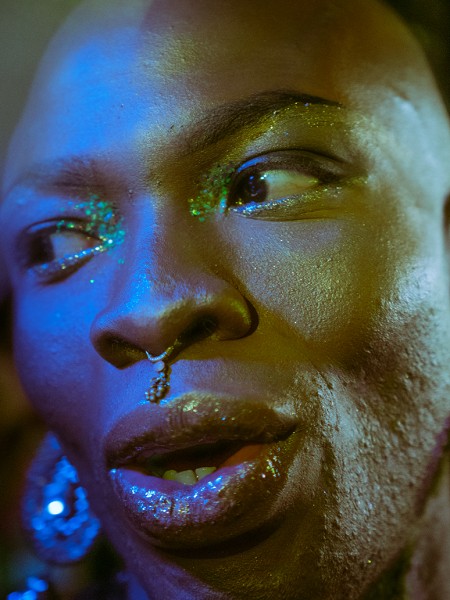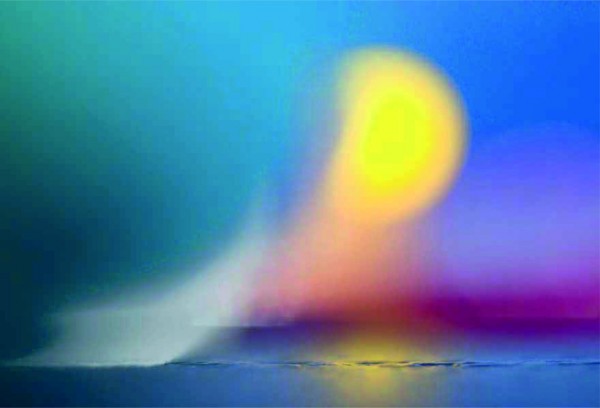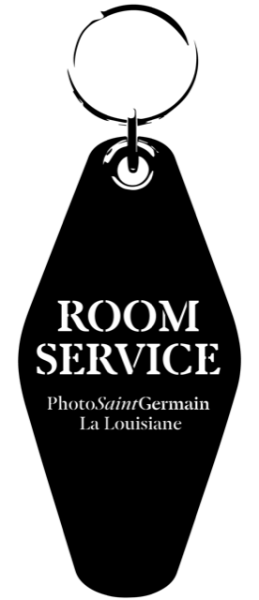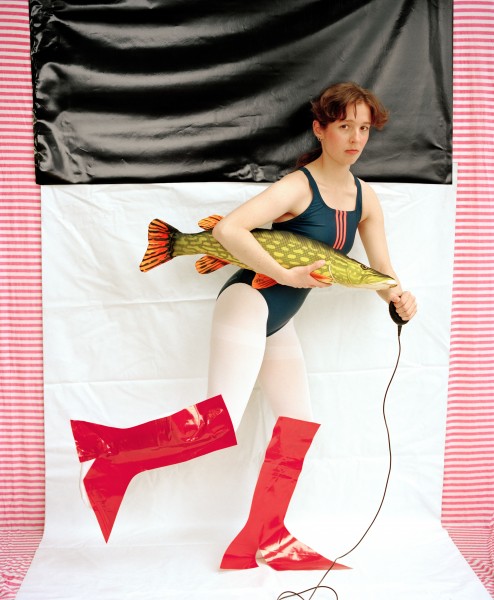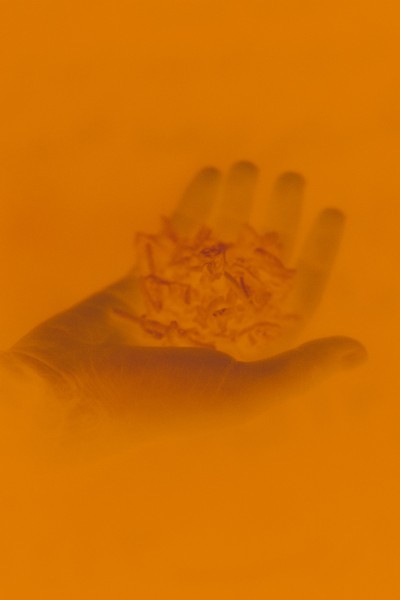N°
|
Location |
Artist |
Type |
District |
|---|---|---|---|---|
| 1 | Centre tchèque de Paris | Pauline Hisbacq & Julie Hrnčířová | Centre Culturel | 6e |
| 2 | Maison de l'Amérique latine | Paz Errázuriz | Institution | 7e |
| 3 | Museum of the History of Medecine | — | Institution | 6e |
| 4 | Abraham & Wolff | Mélissa Boucher | Galerie | 7e |
| 5 | Galerie AB | Antoine Poupel | Galerie | 6e |
| 6 | Galerie Arenthon | Denis Darzacq | Galerie | 6e |
| 7 | Galerie Berthet-Aittouarès | Nil Yalter - Jean Dieuzaide | Galerie | 6e |
| 8 | Galerie Catherine & André Hug | Carl Corey | Galerie | 6e |
| 9 | Galerie Gimpel & Müller | Gisèle Donon | Galerie | 6e |
| 10 | Galerie John Ferrère | Anne Deleporte, Caroline Corbasson, Luc Pommet, Ayako Sakuragi, Dune Varella | Galerie | |
| 11 | Galerie La Forest Divonne | Elsa & Johanna | Galerie | |
| 12 | Galerie Le Minotaure | Luigi Veronesi | Galerie | 6e |
| 13 | Galerie Madé x Magnum Photo Gallery | Myriam Boulos | Galerie | 6e |
| 14 | Galerie Meyer - Daniel Blau | — | Galerie | 6e |
| 15 | Galerie Olivier Waltman | Gyula Zaránd | Galerie | 6e |
| 16 | Galerie Roger-Viollet | Boris Lipnitzki | Galerie | 6e |
| 17 | Love&Collect | Jean-Michel Alberola | Galerie | 6e |
| 18 | Ségolène Brossette Galerie | Cyril Burget & Laurence Nicola | Galerie | 6e |
| 19 | Zander Paris | Candida Höfer | Galerie | 6e |
| 20 | delpire & co | — | Librairie | 6e |
| 21 | Hôtel La Louisiane | Nicole Gravier | Autre | 6e |
| 22 | Hôtel La Louisiane | Stephen Dock | Pop-up | 6e |
| 23 | Librairie des Alpes | Bertrand Stofleth | Librairie | 6e |
| 24 | Librairie 7L | — | Librairie | 7e |
| 25 | Le Plac'Art Photo | Miroslav Tichý | Librairie | |
| 26 | Quai de Solférino | Sarah Braeck, Orianne Ciantar Olive, Céleste Leeuwenburg, Anaïs Oudart, Pauline Rousseau | Pop-up | 7e |
| 27 | Shmorévaz | Cammie Toloui | Autre | 7e |
| 28 | Centre Culturel Irlandais | Kate Nolan | Centre Culturel | 5e |
| 29 | Galerie Georges-Philippe & Nathalie Vallois | — | Galerie | 6e |
| 30 | Atelier Néerlandais | — | Centre Culturel | 7e |
| 31 | Profane Hors les murs | Paul Rousteau | Pop-up | 6e |
| 32 | Hôtel La Louisiane | Room Service 2 | Pop-up | 6e |
| 33 | Beaux-Arts de Paris | Group exhibition of works by student artists from the Beaux-Arts de Paris art school | Institution | 6e |
| 34 | Espace des femmes — Antoinette Fouque | Sarah Braeck, Orianne Ciantar Olive, Céleste Leeuwenburg, Anaïs Oudart, Pauline Rousseau | Galerie | |
| 35 | Galerie du Crous | Coline Jourdan, Amélie Labourdette, Leslie Moquin, Marie Quéau, Maxime Riché | Galerie | 6e |
